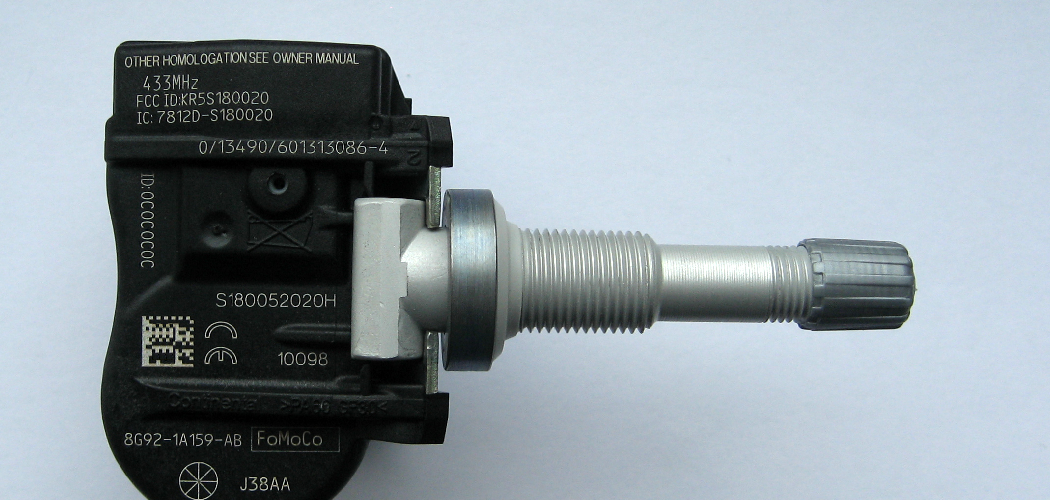Testing a Tire Pressure Monitoring System (TPMS) sensor is an essential step in ensuring the safety and performance of your vehicle. These sensors play a crucial role in monitoring tire pressure and alerting you if there’s a significant loss, helping to prevent accidents and improve fuel efficiency. This guide will walk you through how to test a TPMS sensor, including the tools required and the steps to follow for accurate results.
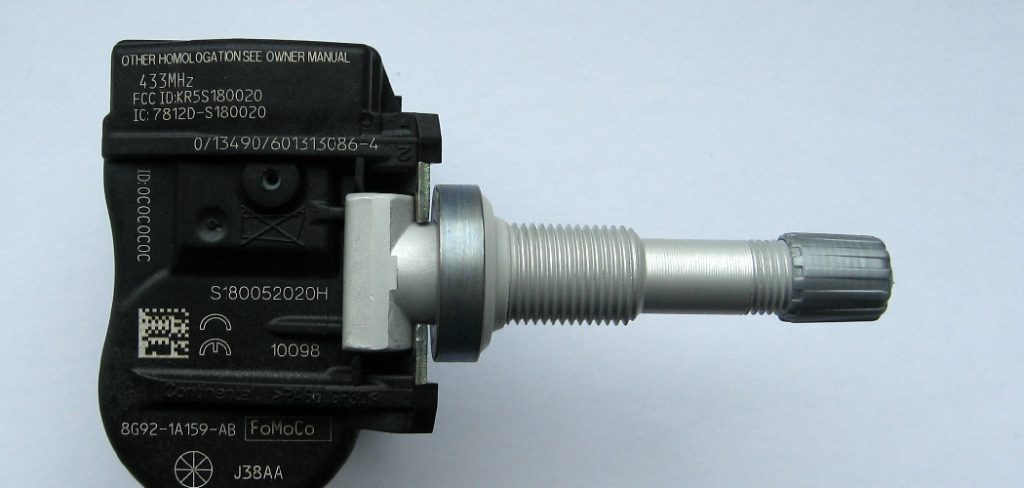
What Is a TPMS Sensor?
A TPMS sensor is a small device integrated into your vehicle’s tires to monitor tire pressure levels in real-time. It is part of the Tire Pressure Monitoring System, a safety feature designed to alert drivers when tire pressure is too low. The sensor uses either a direct or indirect method to measure pressure. Direct TPMS sensors are located inside each tire and measure tire pressure directly, while indirect TPMS systems use ABS wheel speed sensors to estimate pressure based on wheel rotation differences. By providing accurate tire pressure data, TPMS sensors enhance vehicle safety, improve fuel efficiency, and reduce tire wear, making them an essential component of modern vehicles.
Importance of TPMS
The Tire Pressure Monitoring System (TPMS) is a vital safety feature in modern vehicles. Properly inflated tires not only improve the vehicle’s handling and braking performance but also contribute to better fuel efficiency and longer tire lifespan. Under-inflated tires can lead to increased wear and tear, reduced traction, and greater chances of blowouts, which are dangerous for both the driver and other road users. By providing real-time alerts about low tire pressure, TPMS allows drivers to address issues before they escalate, ensuring a safer and more efficient driving experience. Additionally, TPMS supports environmental efforts by reducing fuel consumption and decreasing carbon emissions caused by poorly maintained tires.
Signs of a Faulty TPMS Sensor
A malfunctioning TPMS sensor can pose risks to both safety and vehicle performance. One of the most apparent signs is the persistent illumination of the TPMS warning light on the dashboard, even when tire pressures are properly inflated. Additionally, inaccurate tire pressure readings or inconsistencies in the displayed data may suggest a faulty sensor. Drivers may also notice the TPMS system failing to alert them when tire pressure is dangerously low, potentially indicating sensor failure or battery depletion. Regular maintenance and prompt inspection of the TPMS system can help identify and address these issues before they compromise safety.
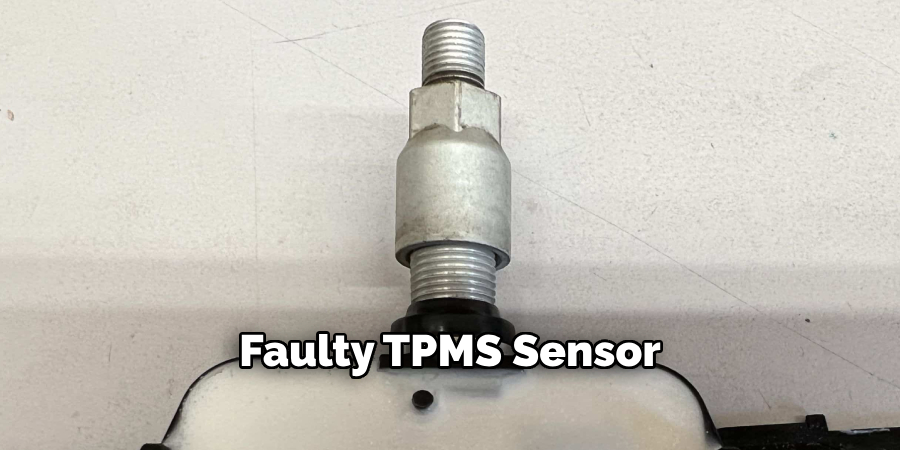
9 Methods How to Test a Tpms Sensor
1. Perform a Visual Inspection of the Tire and Valve Stem Area
The simplest and often overlooked first step is a thorough visual inspection. Since many TPMS sensors are located within or attached to the valve stem, look for obvious signs of physical damage or corrosion. Bent valve stems, missing caps, or visible cracking might suggest damage to the sensor assembly. Dirt and corrosion around the valve can also interfere with sensor operation. This method won’t tell you if the sensor is electronically faulty, but it’s a good place to start and may identify external issues before moving on to more technical testing.
2. Use a TPMS Scan Tool to Directly Read Sensor Data
A dedicated TPMS scan tool is the most precise method of checking sensor functionality. These handheld devices are designed to communicate with TPMS sensors via radio frequency. Simply turn on the tool, choose your vehicle’s make and model, and place the tool near the tire valve stem. The tool will attempt to read the sensor’s signal, reporting back key information like tire pressure, sensor ID, temperature, and battery status. If the tool fails to get a reading from one or more tires, that’s a strong indication that the corresponding TPMS sensor may be dead or malfunctioning.
3. Observe the TPMS Dashboard Warning Light
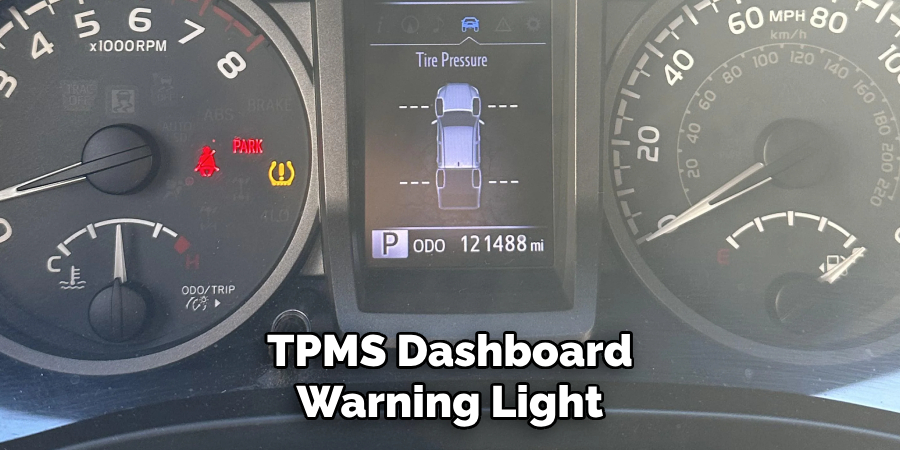
Pay attention to the TPMS warning light on your dashboard. This light typically resembles a cross-section of a tire with an exclamation point inside. If the light stays on after starting the car or comes on while driving, it indicates that at least one sensor has detected low pressure or is not transmitting correctly. While this won’t pinpoint which sensor is at fault, it’s a reliable indicator that testing is needed. Some vehicles will also display pressure data for individual tires, allowing you to identify anomalies more easily.
4. Check Tire Pressure with a Manual Gauge to Compare Readings
Use a high-quality tire pressure gauge to manually check the pressure in each tire. Compare these readings to the pressure values shown on your TPMS system (if your car displays them) or the pressure specified on the placard inside your driver’s door. If the sensor is reporting low pressure but your manual reading is correct, that sensor may be faulty. Conversely, if your manual reading shows the tire is indeed low, the sensor is likely working fine, and your issue may be with the tire itself rather than the sensor.
5. Use an OBD2 Scanner with TPMS Functionality
An advanced OBD2 scanner that includes TPMS diagnostics can be connected to your vehicle’s onboard computer via the diagnostic port. These tools can access stored trouble codes related to the TPMS system, such as a failure to communicate with a specific sensor, or identify sensors with low battery voltage. This method is particularly helpful for modern cars that use indirect TPMS systems or have TPMS integrated into broader safety and control networks. Reading error codes can save time and eliminate guesswork when narrowing down the faulty sensor.
6. Rotate Tires and Observe Sensor Data Changes
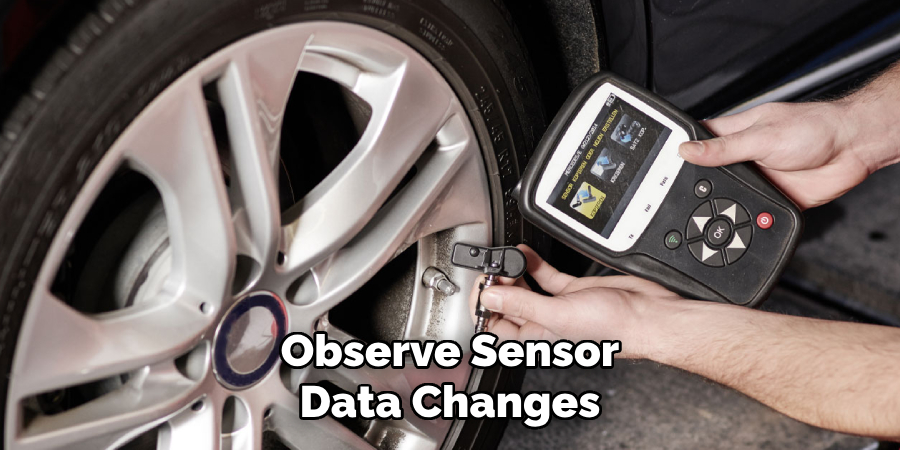
Another clever method of testing involves rotating the tires and observing the data reported by the TPMS system. If your vehicle displays individual tire pressures by location (e.g., front left, rear right), rotating the tires and then checking if the sensor readings follow the tires can help identify malfunctioning sensors. For instance, if a problem reading was originally on the rear left and stays there after rotating that tire to the front right, the issue may lie in the receiver or system, not the sensor itself.
7. Use Magnet or Relearn Procedures to Trigger Sensor Response
Some vehicles require a relearn or reset procedure when tires are rotated or sensors are replaced. This often involves using a strong magnet or following a specific sequence of horn honks and pedal presses to initiate a TPMS reset mode. Performing this relearn procedure and checking whether each sensor successfully transmits data can help identify which one is non-responsive. If the system cannot register one of the sensors, it’s likely that it has failed or needs replacing.
8. Test the TPMS Sensor Battery Life
Most TPMS sensors use non-replaceable batteries that typically last 5 to 10 years. A TPMS scan tool or advanced OBD2 scanner can report sensor battery levels. If one or more sensors show low or zero voltage, it’s a sign that the battery is dying. Dead batteries render the sensor inoperable and will require a full sensor replacement. You might also notice intermittent readings or complete dropout from one tire’s pressure data, further confirming battery exhaustion.
9. Consult the Vehicle’s TPMS Service History and Mileage
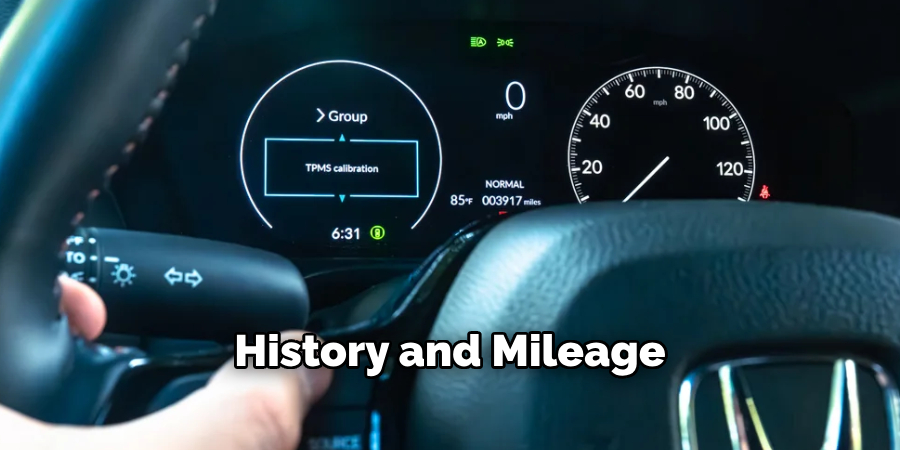
If your vehicle is older or has reached high mileage, sensor failure is more likely due to natural wear and battery depletion. Reviewing your vehicle’s service records can reveal if and when TPMS sensors were last replaced. If no sensor replacements have occurred in over 5–7 years, you may not need to test each one individually—instead, proactively replacing all four sensors could be more cost-effective and prevent repeated issues down the road. Vehicle mileage, driving conditions, and climate also play roles in sensor longevity.
Things to Consider When Replacing TPMS Sensors
- Sensor Compatibility: Ensure that the replacement TPMS sensors are compatible with your vehicle’s make and model. Using incompatible sensors may lead to functionality issues or inaccurate readings.
- Battery Life of New Sensors: Opt for sensors with long-lasting batteries to minimize future replacements. Most TPMS sensors have a battery life of 5–10 years, so investing in high-quality sensors can save you money over time.
- Resetting the System: After installing new sensors, the TPMS system will often need to be reset or reprogrammed. Some vehicles allow you to do this manually, while others may require professional tools or assistance.
- Weather and Driving Conditions: Harsh climates or rough driving conditions can affect the performance and longevity of TPMS sensors. Consider choosing sensors designed to withstand extreme environmental factors if you frequently drive in challenging conditions.
- Cost of Replacement: TPMS sensor replacement can vary in cost depending on the brand, your location, and whether you handle the installation yourself or employ a professional. Assessing these factors can help you budget appropriately.
- Signs of Sensor Failure: Before replacing all sensors, ensure that the symptoms, such as repeated warnings or inconsistencies in tire pressure readings, are indeed caused by faulty TPMS sensors and not another issue like a puncture.
Conclusion
Testing a TPMS sensor involves both mechanical and electronic checks, starting from a basic visual inspection to advanced scan tools and system diagnostics. With these ten methods, you can accurately identify which TPMS sensor is failing, whether it’s due to physical damage, low battery, or electronic malfunction. Maintaining a healthy TPMS system is essential not only for vehicle safety but also for maximizing fuel efficiency and extending tire life. Whether you’re a DIY car owner or a technician, these steps offer a reliable path to pinpoint and solve TPMS issues efficiently. Thanks for reading our blog post on how to test a tpms sensor! We hope you found it helpful and informative.

